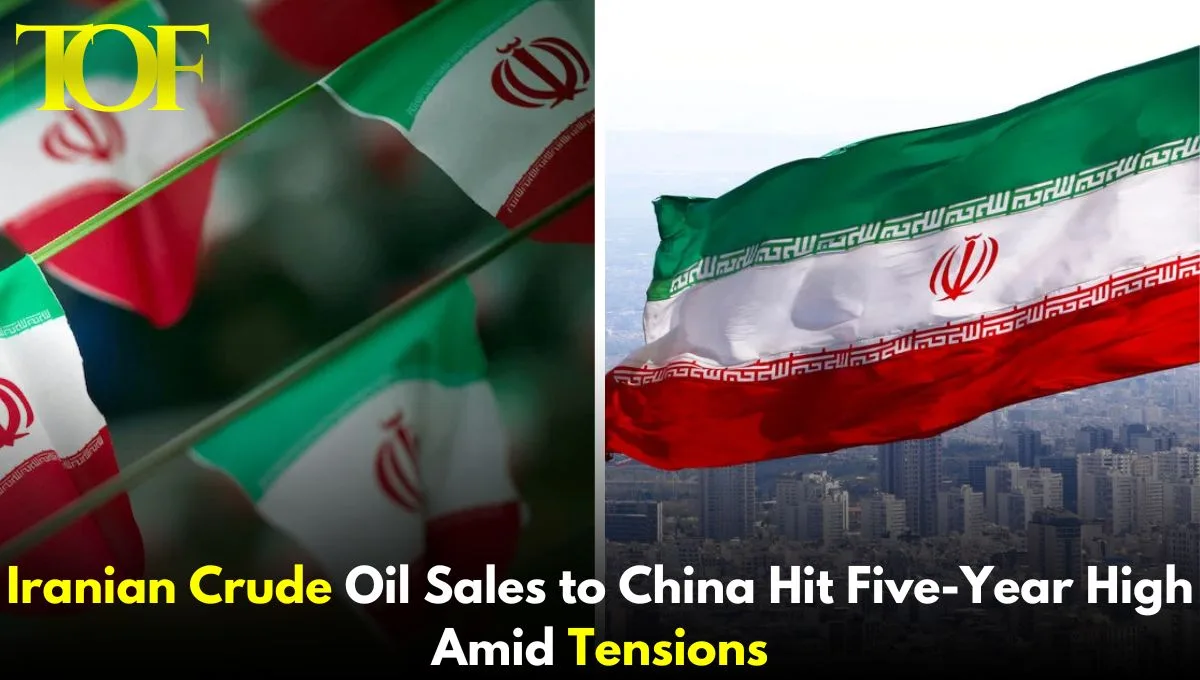Iranian crude oil sales to China have tightened to their tightest conditions in five years as falling exports and higher prices raise the specter of supply disruptions amid rising tensions in the Middle East.
Discounts on Iranian oil have narrowed significantly since Chinese independent refiners, known as “teapots,” began buying the crude late last year. The teapots moved in to replace state-owned refineries, which are hesitating and still cautious amid sanctions revived against Iran by the US in 2018.
The latest statistics show Iran’s oil is about 10% of the crude that China imports. Further increases in the prices or flow of Iranian oil will further be reduced. At the initial levels of production, independent refineries would then have a very poor prospect of the profit margins with fuel demand in China not being of the desired pace.
Currently, differentials for Iranian Light crude have soared to a discount of less than $4 per barrel on the global benchmark ICE Brent, while Iranian Heavy crude stands at a discount of $7 per barrel. A recent sale was said to be at a discount of $3.80 on a delivered, ex-ship basis for November loadings. Sellers, however, have raised prices due to curtailed loading activities and higher costs of Saudi oil.
Import loadings at export terminals halved, including the key Kharg Island hub, whose exports were down 340,000 barrels a day in October from September.
Many of the teapot refiners are currently running at more than 50% capacity and some are reporting losses, meaning things are a little better for these independent buyers in the crude oil market.
To Read More: Business

